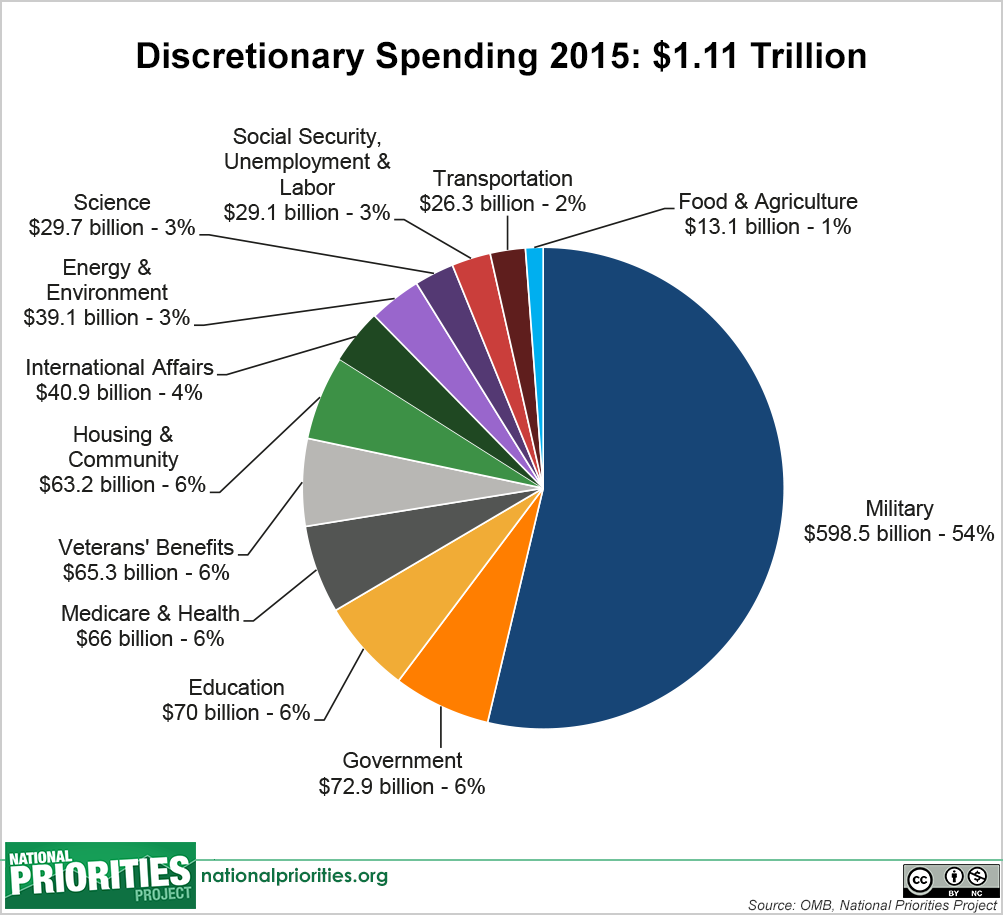How wealth inequality affects mortality — the social death gap
Life expectancy has been rising for everyone, except the lowest 20% earners. Their life expectancy has decreased while those of highest earners have increased. This gap in life expectancy does not exist in Great Britain and Canada, because they have a stronger social safety net. We have the highest wealth gap among all the developed nations, while being one of the richest. Child poverty in the US ranks 34 out of 35 of developed countries.
Medical institutions in impoverished areas lack the capital to provide the same level of specialized staff and quality of care compared to those in wealthier areas; the majority of people who live in these areas are black, latino and native american.
Racially segregated healthcare system
In the 1990, the mortality rate dropped for white women and stayed the same for black women in Chicago, primarily due to advances in treatment and screening. There were gaps in NYC but lower than Chicago. There are 15 breast cancer treatment centers in Chicago, only 1 of which was in a black neighborhood. After a decade of addressing accessibility, those gaps closed. The discrepancy was due to geographic location, not biologic variations as some oncologist have argued.
Why we need a universal healthcare system
Universal Health Care would save the people of the United States about $600 billion for the same level of care they’re receiving. We found it would require an additional $562 billion in taxation to cover the government spending, after savings and increases to demand. Is a single-payer universal system worth it? As always, that’s for you to decide – we’re just here to give you the data that helps you make important decision 1
This is what the 2015 Discretionary Spending budget looks like.2

Now contrast those figures to the current proposed budget, which has never failed to pass since 1961.
“Members of U.S. congressional defense committees said on Wednesday they supported a plan for $700 billion in defense spending in fiscal year 2018, backing President Donald Trump’s call for a boost for the military.
The spending plan is larger than the $603 billion in spending proposed by Trump in May. Trump wants to pay for a military spending increase by slashing non-defense spending.” 3
References
1. “How Much Universal Healthcare Would Cost in the US.” Decision Data, decisiondata.org/news/how-much-single-payer-uhc-would-cost-usa/.
2. “Military Spending in the United States.” National Priorities Project, https://www.nationalpriorities.org/campaigns/military-spending-united-states/.
3. Oatis, Mike StoneEditing by Jonathan. “Congress finalizes $700 billion defense spending plan.” Reuters, Thomson Reuters, 8 Nov. 2017, www.reuters.com/article/us-usa-budget-defense/congress-finalizes-700-billion-defense-spending-plan-idUSKBN1D82I5.

